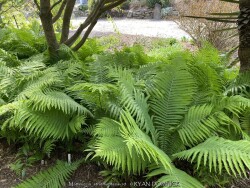
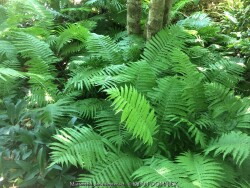
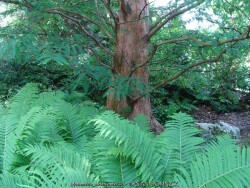
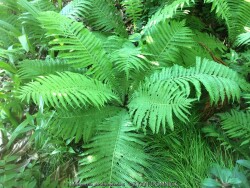
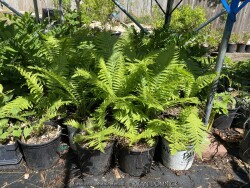
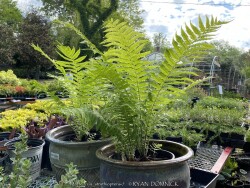
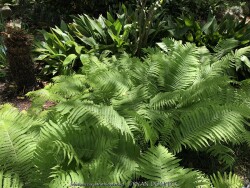
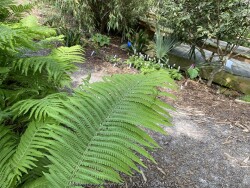
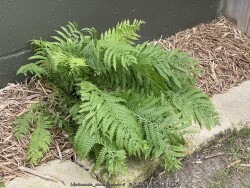
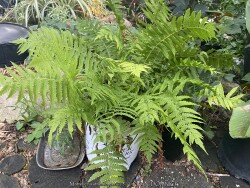
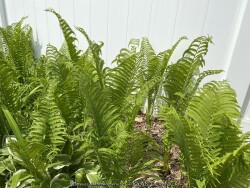
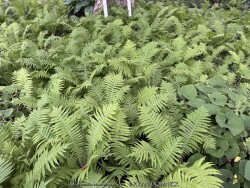
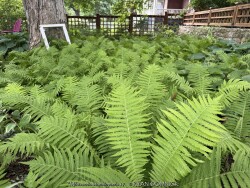
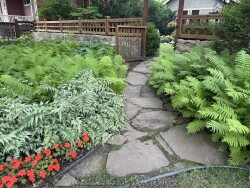
Plant Min Zone: 2a
Plant Max Zone: 6b
Sunlight: Shade, Deep Shade
Water / Rainfall: Average, High, Very High
Soil Quality: Rich
Bloom Season: None
Flower Color: None
Berry / Fruit Color: None
Spring Foliage Color: Green
Summer Foliage Color: Green
Fall Foliage Color: Green
Evergreen Foliage: No
Winter Interest: No
Scented Flowers: No
Drought Tolerance: Low
Wet-Feet Tolerance: High
Humidity Tolerance: Low
Wind Tolerance: Low
Poor Soil Tolerance: Acidic Soil (low PH)
Height: 2' - 4'
Width: 2' - 4'
Growth Rate: Slow, Medium
Service Life: Medium: 3-5 years
Maintenance Need: High
Spreading Potential: Medium
Yearly Trimming Tips: Trim Perennial to Ground Around First Fall Freeze: No Winter Interest.
Plant Grouping Size: Specimen Planting of 1-3, Small Grouping of 3-5
Best Side of House: North Exposure
Extreme Planting Locations: Tolerates Damp Full Shade, Resistant to Rabbits
Ornamental Features: Large Tropical Foliage / Flowers, Fine Texture, Exceptional / Colorful Foliage
Special Landscape Uses: Groundcover
Possible Pest Problems: None
Plant Limitations: Environmental Stress / Decline, Needs Regular Irrigation
Shippable in 2026: YES
Ostrich Fern (Matteuccia struthiopteris) is planted for its graceful long bright green fronds reaching up to 3' in cultivation. Foliage maintains well all summer provided that certain cultural conditions are met. Native to eastern North America, Europe, eastern Asia, eastern North America, it colonizes forests and can be aggressive in ideal locations but not so much in Kansas. It can spread rapidly in humusy, medium well-drained soil in part shade to full shade. It cannot handle prolonged Kansas droughts or dry-shade. Foliage will flatten to the ground during breif drought then spring back up when moisture is available again. Generally however, in non-irrigated or poor soil areas, this plant will decline and allow weeds to invade. Perfect in wet shade areas, north walls, areas without tree-root competition, or shaded rain gardens. Ultra cold-hardy plants from northern climates normally dislike our long hot humid summers; although we are on the Southern edge of this plants adaptability, it still survives reasonably well here. Look for a cold microclimate planting location such as East or North exposure.